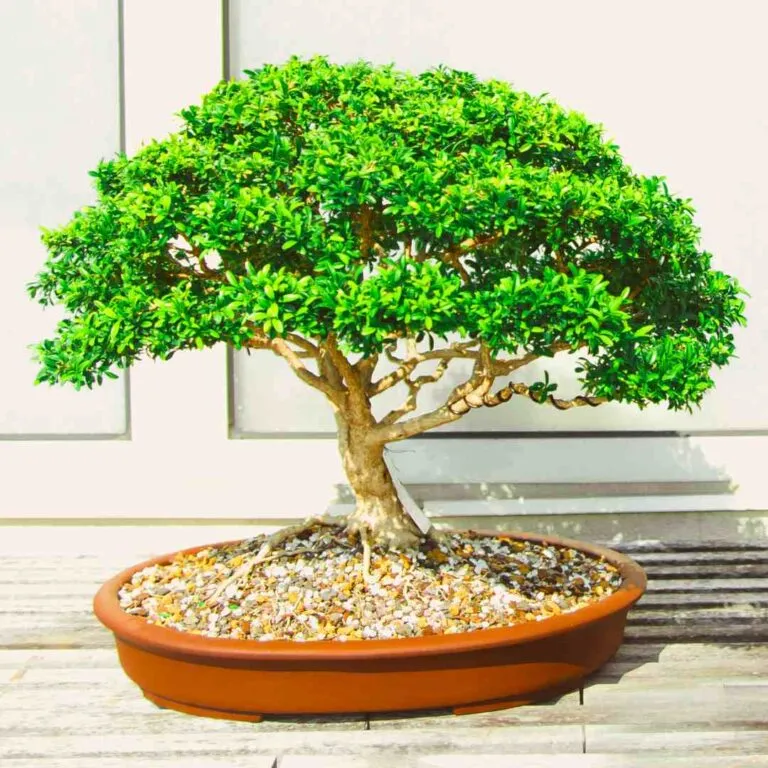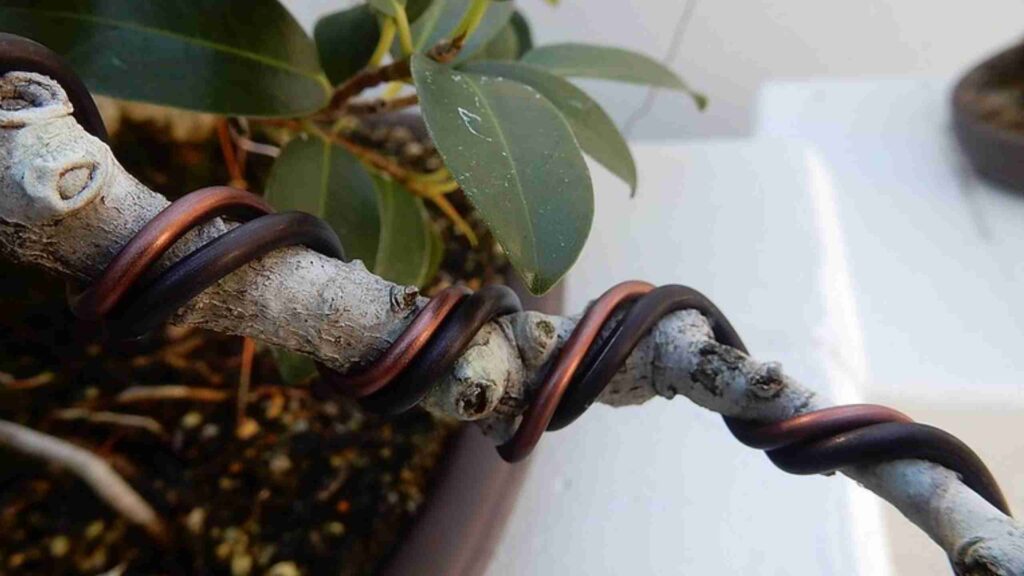Bonsai trees have become very popular in the world because they can help you to create a soothing, natural atmosphere inside your home or office. They are also super cute and attract a lot of attention.
But Before you get confused you should know that bonsai trees are not genetically dwarfed plants. Instead, they are normal trees that have been pruned and trained to grow in a small pot.
Here in this post, I’m going to share some great tips with you that will help you make a bonsai tree from a normal tree.
Tree Collection:
The first step in creating a bonsai tree is to pick up the right tree for this purpose. There are a lot of trees that can be used for bonsai. However, you need to pick up a tree that is compatible with your current environment so that you can take care of it easily.
Also, you need to choose a plant that has the potential to become a bonsai tree. If you want to make a bonsai tree, you should know that there are some particular species that can be utilized as bonsai plant specimens.
Usually, the best trees for bonsai are the ones with small leaves and twigs. If you choose a tree with wide leaves or big twigs, then it will be very hard for you to manage the bonsai later on. Also, look for trees with thick roots because they tend to grow better than others with thin roots.
Pines are very popular choices for bonsai since they are easily found and easy to groom. Other popular choices include ficus, junipers, and spruce trees.
Make sure that the tree you choose is healthy and has no disease.
Related reads: Can Any tree be a bonsai?
Put The Tree In The Pot:

The second step is to place the plant in a pot that has good drainage. You can buy these at a local garden supply store or even online nowadays.
I have discussed in detail how to choose a good bonsai pot. If you haven’t read that, please go through it first.
Place The Plant Specimen In The Pot. To start, locate the face and front of the tree that you want to celebrate.
Ideally, the height of your bonsai should be about 6 times the diameter of the trunk. So take off the top of your tree with the bonsai pruner and remove the needles from small branches in order to wire them.
Now reduce the number of branches and give your tree a shape by removing small branches. With some thick bonsai wire anchor them to the base
Now bend all branches to desired angles using thin bonsai wires. To learn more about wiring a bonsai, read this post.
Remove soil from the root ball. Make sure that the root ball of the plant is not too large for the pot. If it is too large for the pot, then just trim it with some sharp pruners.
Now place the plant in the pot and add bonsai soil to cover the roots. Finally, water your tree gently with a hose with a soft nozzle.
Taking Care Of Your Bonsai Tree
You should place your growing up bonsai tree in a spot where it can get plenty of sunlight throughout the day. Remember that some plants need more sun than others, so make sure that you know how much each one needs before placing them outside.
Train It To Be A Perfect Bonsai
This is when you have to give all your time and attention to training the plant specimen into a perfect bonsai tree.
Pruning Branches & Roots:
It is very important to keep a bonsai trimmed. A bonsai should be trimmed as often as once per month. The initial pruning of a new bonsai should be to give it a basic shape. The trunk and branches should be trimmed and shaped so that the tree will take on the desired style.
Prune roots carefully every two years, and replace the topsoil with fresh soil after pruning.
You can read more about root pruning and repotting in our earlier posts.
Leaf Trimming:
Trees naturally grow by producing new leaves and branches and replacing old or broken ones. This continues throughout their life, but as bonsai trees are maintained in small pots they may not have space to grow new shoots. So, you will need to trim off old leaves and branches to encourage new growth.
Begin by removing any dead or damaged leaves. Then trim back healthy leaves, keeping just 1/3 of them. You can also remove some buds if the tree is becoming too bushy.
Mature Bonsai trees need to have their leaves trimmed regularly to maintain the small, compact size of leaves. Leaves can easily grow too large for a bonsai tree, which takes away from the overall appearance of the tree.
Wiring & Clamping:

Wiring is one of the most important techniques in Bonsai, it is used to shape the branches or trunk. You should wire a tree when the branches are flexible enough so they bend easily
Use some kind of protective material like cloth while wiring or clamping your bonsai so the wire doesn’t cut into the bark of the tree.
Types of Wire:
There are mainly two types of wires that are used in bonsai wiring:
Aluminum wire is best used for fine detailed wiring as it bends easily but is also strong enough to hold its shape throughout the growing season.
Copper wire is only suitable for a few species of trees because it will stain the bark if left on for too long. Anodized aluminum is available in different colors and can be used instead of paint to help protect the bark from wind and sunburn in summer.
Annealed copper wires are best for conifers and pine trees whereas anodized aluminum wires work best for deciduous plants.
How To Wire Your Bonsai:
While wiring the bonsai tree, bend the wire to the branch and not the other way around to avoid any injury to the plant.
I have covered bonsai wiring in detail in this post, read it for more information.
How To Remove The Wire:
Once the wire served its purpose of giving the bonsai its desired shape, remove it from the plant. use a wire cutter to cut the wire in each turn and remove it from the plant. Unwinding the wires may cause damage to your plant.
Conclusion:
Bonsai trees are a unique way to express your love for nature and preserve it.
All you really need is a little patience and some basic gardening tools. For the most part, they take care of themselves, while still allowing you to nurture them into more beautiful specimens.
I hope that this guide encourages you to get started growing and caring for your bonsai trees.
If you like the post don’t forget to share it with others.